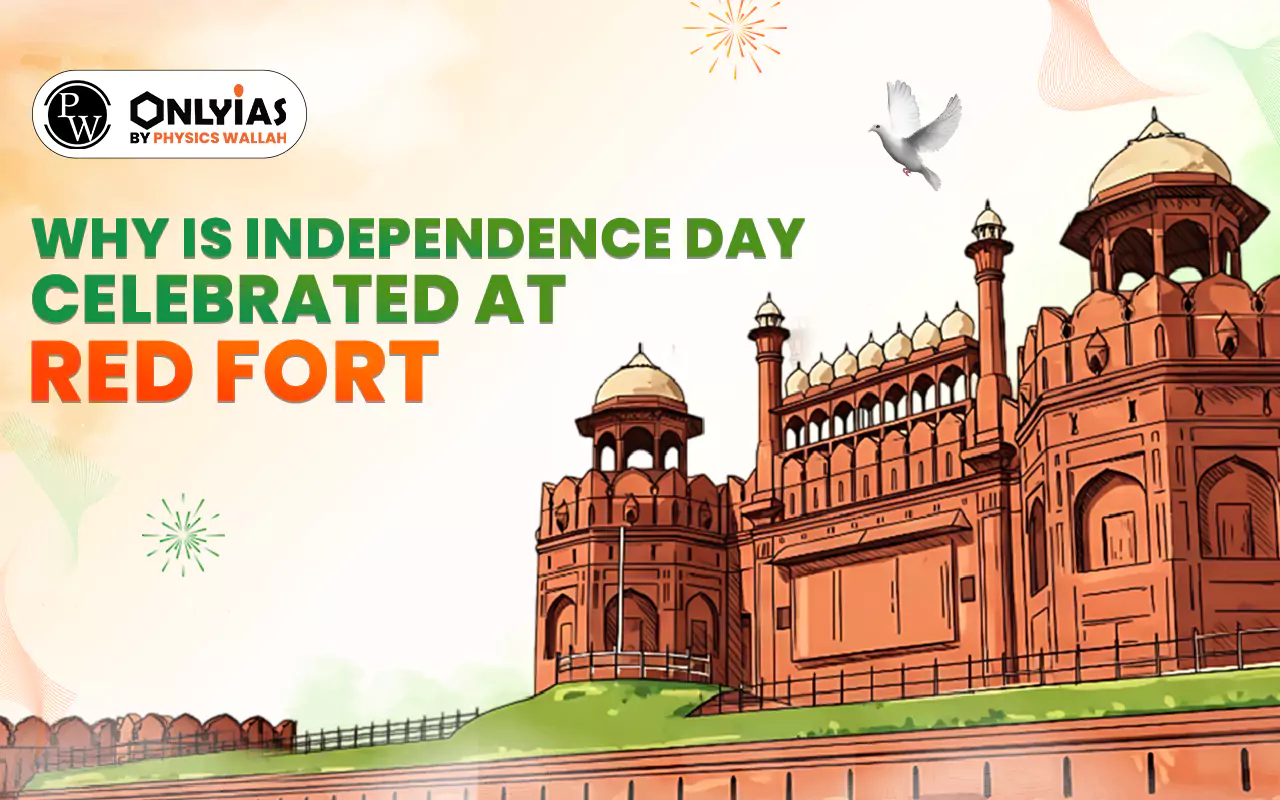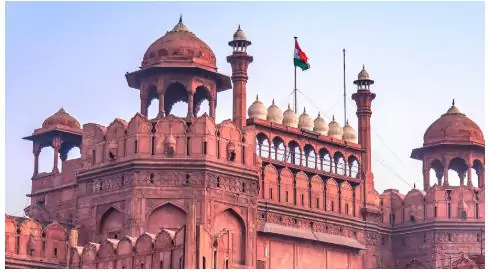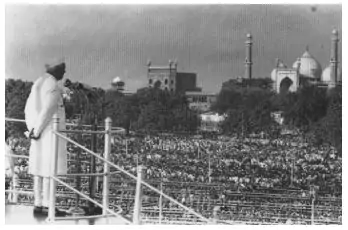Why Is Independence Day Celebrated At Red Fort explores its historical importance, first flag hoisting, and national symbolism. On 15 August 1947, Prime Minister Nehru hoisted the Indian flag there, marking the end of colonial rule. Since then, it has remained the ceremonial center, symbolizing sovereignty, unity, and democratic continuity for India.

Why is Independence Day Celebrated At Red Fort reflects on the amount of curiosity that has been rooted in the history and national symbolism. Each year 15, August, Prime Minister hoists the flag and delivers a speech from the Red Fort, drawing attention from citizens across India and the world.
Over the years, hoisting the flag on Independence Day has become a symbol of reinforcing a sense of pride and continuity. Understanding the history of Red Fort, the role of the first PM who hosted the first Indian flag on Red Fort, and the broader significance of Red Fort on Independence Day reveals why this monument remains the heart of India’s national celebrations.
India mark its 79th Independence Day on August 15, 2025, with a grand celebration at the historic Red Fort in Delhi. Prime Minister Narendra Modi unfurl the National Flag and address the nation from the fort’s ramparts.
This year’s theme, “Naya Bharat”, reflects the nation’s journey towards building a prosperous, secure, and confident India, in line with the vision of Viksit Bharat by 2047. The celebrations will showcase the country’s progress and determination to move forward on the path of development.
Upon his arrival at the Red Fort, PM Modi welcomed by Defence Minister Rajnath Singh, Minister of State for Defence Sanjay Seth, and Defence Secretary Rajesh Kumar Singh. The Defence Secretary introduce Lieutenant General Bhavnish Kumar, General Officer Commanding (Delhi Area), to the Prime Minister.
The Prime Minister then proceed to the Saluting Base, where a combined guard from the Armed Forces and Delhi Police will present the General Salute. Following this, PM Modi will inspect the Guard of Honour, marking the formal start of the Independence Day celebrations.
History of Red Fort began in the 17th century, when Mughal Emperor Shah Jahan commissioned its construction in 1639 as the imperial palace and symbol of Mughal grandeur. Red Fort, which is located on the banks of the Yamuna in Delhi, the fort became the centre of Mughal administration and culture until 1857.

During the Indian Rebellion of 1857, British forces captured the Red Fort, signaling a shift in political power and beginning nearly a century of colonial rule. Thus, the fort stands at the heart of Indian sovereignty and colonial legacy, making it a powerful national symbol.
how many years of independence day 2025
India celebrates its Independence Day at the Red Fort in Delhi every year to honour the nation’s long and hard-fought struggle for freedom from British colonial rule. This tradition dates back to August 15, 1947, when Pandit Jawaharlal Nehru, the first Prime Minister of India, unfurled the National Flag and addressed the nation from the fort’s ramparts.
The Red Fort, or Lal Quila, holds deep historical significance. Built in the 17th century by Mughal emperor Shah Jahan as a fort-palace for his capital Shahjahanabad, it has witnessed some of the most important events in India’s history—from fierce battles to becoming a symbol of resilience during the independence movement. Its majestic red sandstone walls, grand architecture, and commanding presence make it the perfect backdrop for the nation’s biggest celebration of freedom.
The fort’s selection as the venue is also symbolic. It represents both India’s glorious heritage and the strength of its democracy. The flag-hoisting ceremony, cultural performances, and the Prime Minister’s speech from the Red Fort not only honour the memory of our freedom fighters but also inspire the nation to work towards a stronger and more prosperous future.
Recognised as a UNESCO World Heritage Site since 2007 and maintained by the Archaeological Survey of India, the Red Fort continues to be the heart of Independence Day celebrations—bringing together leaders, dignitaries, and citizens in a moment of national pride and unity.
UNESCO World Heritage Sites In India List 2025
On 15 August 1947, the first Prime Minister of India, Shri Jawaharlal Nehru, raised the Indian national flag above the Lahori Gate of the Red Fort in Delhi.

Over time, the date of the ceremony returned to 15 August, but the site and speech have remained consistent, a tradition in the collective memory. The use of the Red Fort established it as the ceremonial stage where the democratic values of independent India would be celebrated each year.
The significance of Red Fort on Independence Day goes beyond architectural grandeur to mark the political and democratic achievements:
Ready to boost your UPSC 2026 preparation? Join PW’s UPSC online courses today!
Pandit Jawaharlal Nehru hoisted the first Indian flag at the Red Fort on 15 August 1947.
It symbolises sovereignty, heritage, and the nation’s transition from colonial rule to independence.
Built in 1639 by Mughal Emperor Shah Jahan, it served as a centre of administration and culture until British control in 1857.
The first formal Independence Day ceremony at the Red Fort took place on 15 August 1947.
It represents symbolic reclamation, national unity, democratic continuity, and a shared space for patriotic celebration.

<div class="new-fform">
</div>